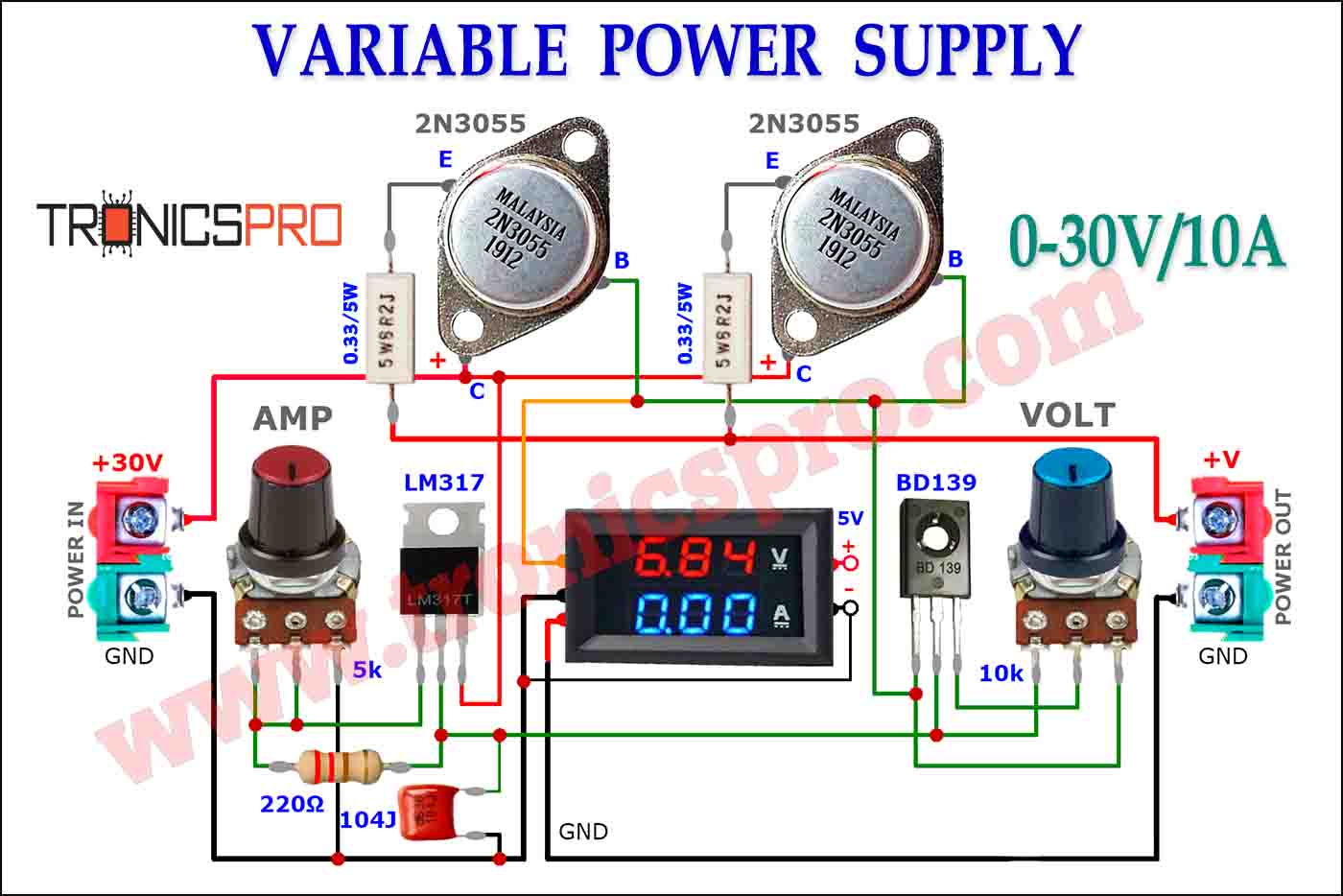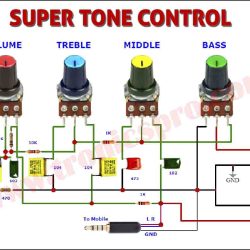Introduction
Battery-operated devices have become an essential part of our daily lives. However, there are instances when batteries can be overcharged, over-discharged, or subjected to over current, leading to potential hazards or damaging the equipment. This is where a battery over current protector circuit comes in handy to prevent such incidents.
This circuit is for 12v and 3A and you can use it with power supply or other device to limit the current. I used very common components to make this project.
In this article, we will discuss a battery over current protector circuit using 555 TIMER IC and BC547 transistors, which is an efficient way to protect a device from such damages.

Circuit Diagram
of Battery Over Current Protector Circuit
This circuit can be built using a few basic components. The circuit diagram of this project is shown below.
More Circuit Layouts








Components List
of Battery Over Current Protector
- 1X 555 TIMER IC
- 2X BC547 TRANSISTORS
- 1X 10 K VARIABLE RESISTORS
- 2X 1N4007 DIODES
- 1X 12V RELAY
- 1X 100uF CAPACITOR
- 2X 1K RESISTORS
- 2X 2.2K RESISTORS
- 3X 10K RESISTORS
- 1X RED LED
- 1X GREEN LED
- 1X MICRO PUSH BUTTON
- 1X 0.47 OHM 5W RESISTOR
- 2X 2 PIN TERMINAL BLOCKS
- VERO BOARD
- JUMPER WIRES
Working Explanation of Battery Over Current Protector Circuit
The circuit’s primary objective is to detect when the battery is subjected to over-current and shut off the current flow instantly. The circuit uses a 555 TIMER IC to detect the battery’s voltage, and when the voltage crosses a threshold value, the 555 TIMER IC sends an activating signal to the BC547 transistors. These transistors cut off the current flow to the device, protecting it from damage.
The 555 TIMER IC uses a simple voltage divider circuit to monitor the battery’s voltage, and when it reaches a preset threshold value, the output voltage of the 555 TIMER IC rises, which triggers the BC547 transistors. The BC547 transistors have been used because of their high collector current rating, making them specifically designed for high current switching applications.
The circuit uses a few passive components, including resistors and capacitors, along with a voltage regulator to provide a steady voltage to the 555 TIMER IC and protect it from the battery’s voltage fluctuations. The capacitor is used to provide a stable power supply to the 555 TIMER IC by maintaining the voltage across it at a constant level.
Conclusion Battery Over Current Protector Circuit
The battery over current protector circuit using 555 TIMER IC and BC547 transistors is an essential circuit to protect your battery-operated devices from potential hazards. It is easy to build and requires a few passive components along with the specific transistors. The circuit can be used in many applications, including power banks, battery chargers, and battery-powered devices. The circuit’s primary objective is to detect when the battery is subjected to over-current and shut off the current flow instantly. By using this circuit, you can ensure that your battery-operated devices are safe from any over-current, over-charging, or over-discharging incidents, prolonging their lives and ensuring their efficient performance.
More projects, You may like:
- Video Transmitter DIY Homemade FM Radio Transmitter
- Adjustable Power Supply DIY Battery Charger
- 12V-220V 500 Watt inverter DIY Homemade
- 12V-220V H-Bridge Inverter DIY Homemade
- MPPT Solar Charge Controller DIY Homemade
- 18650 battery bank free charge protection module
- D718 B688 Bass Amplifier Homemade DIY
- C5200 Bass Amplifier DIY Homemade with Volume
- DIY LA4440 bass amplifier homemade
- C5200 A1943 TDA2030 Amplifier DIY Homemade




























I read this protector circuit i thing this is very usefully project.
what happened if push button omit from this circuit